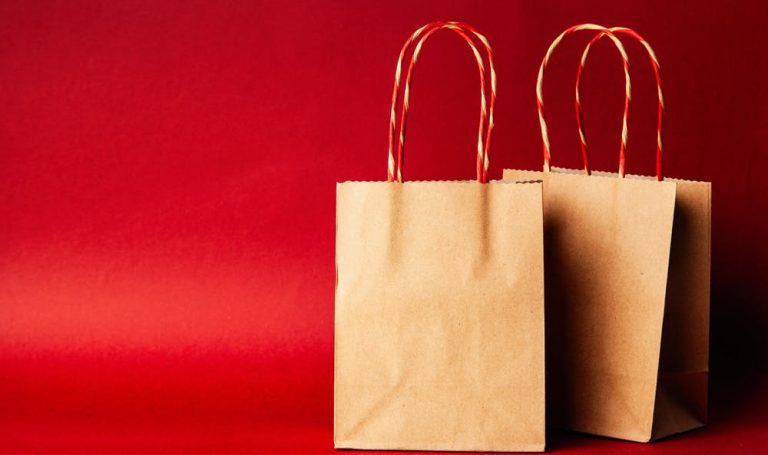With the weather now heating up, it’s a great time to think about jobs you can do around the house. In particular, if you’re interested in living the most sustainable lifestyle possible, consider ways to “greenify” your property. This doesn’t have to require expensive, time-consuming renovation work, either. In fact, there are many tasks you can organize over a weekend or month that will help you to save money and the planet.

Insulation
One of the first things to do to turn your home into a green property is boost its insulation. To save you having to go through more electricity than required, especially during winter, make sure your home is properly sealed so as to not let the elements in.
Older homes often need work in this area, as do properties with unfinished basements. Look for areas around your home where you can plug drafts by sealing gaps where walls meet ceilings, pipes enter the property, windows meet plaster, and around heating, cooling, and exhaust fan ductwork, and siding. You might also need to repair cracks in windows.
If your home is an older one, it probably lacks the kind of insulation that’s installed in new homes today. As such, consider adding extra. Another option is to replace your windows with double glazed ones, as the extra layer not only minimizes noise but the sealed air gap between the two panes of glass acts as an additional layer of insulation. Contact local glaziers or builders who can help you with this job. Whether you’re in New York, L.A., Portland, Houston, or elsewhere, you’ll find professional home window replacement firms in your area.
HVAC Systems
Gas-guzzling heating and cooling systems must be addressed if you want a more sustainable property, too. HVAC systems need to be maintained every year so they run more efficiently and don’t need to use as much power. Regular maintenance will also help your appliances to have a longer life. In turn, you will get the maximum use possible out of the products and use fewer resources long-term.
Bring in an electrician or another HVAC specialist to handle maintenance tasks, as these electrical items can be risky to work on. You might also void warranties on devices if you do repairs yourself but aren’t properly licensed.
Each year your heating and cooling systems should have their filters changed, plus the ventilation needs to be checked for issues. Get an electrician in ASAP if you hear funny noises coming from air vents or if you notice cold spots around your property. These can be signs of ventilation problems that could turn into major concerns.
Solar Panels
If you don’t already have solar panels installed on your home’s roof, adding them is a top way to make your home more energy efficient. While they are costly upfront and are a long-term investment that take a few years to pay dividends, they will enable you to go completely off the grid and save considerable money over the long term.
When it comes to your roof, it is also wise to have it cleaned annually, and any broken or dislodged tiles replaced and other repair work completed. By doing this, you’ll help to keep your home better insulated and you’ll use less power.
Leaks
To live a greener life, be conscious of the amount of water you and your family use. There are numerous steps you can take to reduce your usage, but a key one when it comes to property is looking for and fixing water leaks. Leaks can lead to a huge amount of wasted water.

Although significant leaks will be evident as they’ll spurt water everywhere, be on the lookout for slow leaks inside and outside your home. Check taps, showerheads, toilets, sink faucets, and other spots for leaks, and have your pipes examined for rust and other issues that could cause them to burst sooner rather than later. You may need to replace older pipes in your property altogether.
Also, pay attention to the readings on your water meter. Check the gauge every couple of weeks, particularly if you’re living on a property that was developed decades ago(the pipes underground may have deteriorated and have leaks). These leaks often aren’t picked up on until you get your next water invoice, which can give you an unexpectedly expensive bill to pay plus waste a lot of water.
Going green at home is about much more than merely buying organic produce, wasting less food, turning the lights off when you’re not using them and choosing recycled goods. Think about every angle of your property, inside and out, and you’ll soon feel better knowing you’re living more sustainably and saving yourself money to boot.



